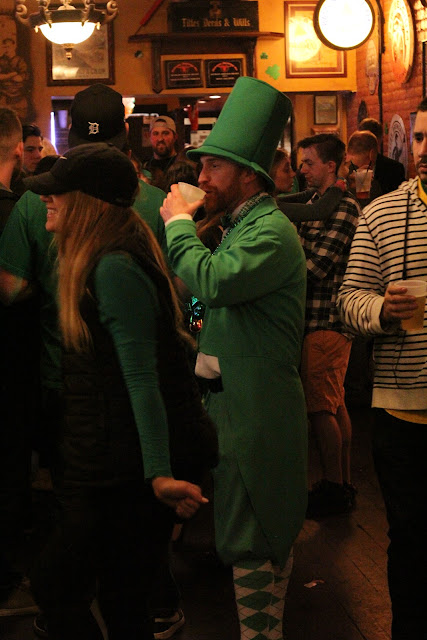"Congress shall make no law respecting an establishment
of religion, or prohibiting the free exercise thereof; or abridging the freedom
of speech, or of the press; or the right of the people peaceably to assemble,
and to petition the Government for a redress of grievances."
The First Amendment guarantees freedom for all citizens of
the United States in regards to religion, expression, assembly, and the right
to petition. It restricts Congress from picking one religion over others, and it
prevents the restriction of individual religions and practices. Congress is not
allowed to impose restrictions upon press and the citizens’ ability to speak
freely. The First Amendment includes a guarantee that the citizens can have the
right to peaceful assembly and be allowed to petition our government.
The Founding Fathers and early colonialists believed strongly
in religious freedom and free speech, and this is why the First Amendment focuses
on separation of church and state. They wanted to avoid the religious
persecution common during that time, and this clause guaranteed that the U.S.
would not impose religious conformity on the new nation. The right to free
speech is incredibly important because it guarantees citizens this freedom, but
it also prevents Congress from passing laws that would impose upon that right. The
right to freedom of press is interesting because not only does it gives citizens
the freedom of speech, but also the right to publish and distribute this free
speech in print.
The First Amendment can and is applied to photography, but it
becomes a little trickier to identify the rights of the photojournalist; they’re
usually more than what most people think. Photojournalist students and
professionals must the Code of Ethics that require the photographers to be
truthful in regards to news gathering. There are four issues of privacy that can arise and cause
problems for a photojournalist:
1.
False
light – This ethical violation happens when an unflattering portrayal of a
person either in a picture or through words (like a misleading caption), when
that is not who he or she is as represented in the photo
2.
Intrusion
– This form of a violation occurs when a person is in an area where privacy is
expected (a bathroom or changing room), but they are intruded on and the
privacy is disrupted
3.
Misappropriation
– When an individual, like a photographer, misrepresents oneself to get access
or consent from another person
4.
Public
disclosure of private and embarrassing facts – If something that is either
highly offensive, significantly intimate, or incredibly private, public
disclosure and privacy become an issue for the courts to determine news
worthiness









